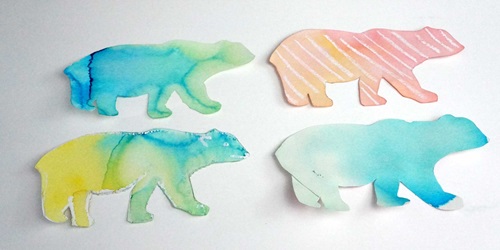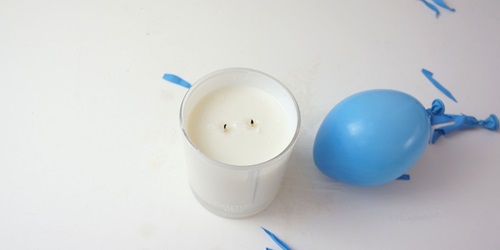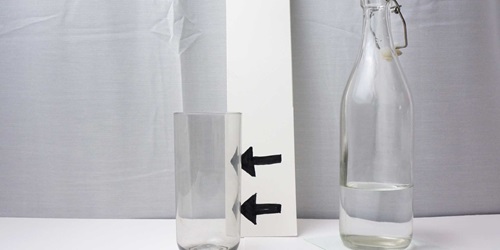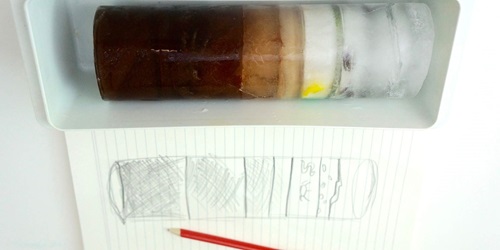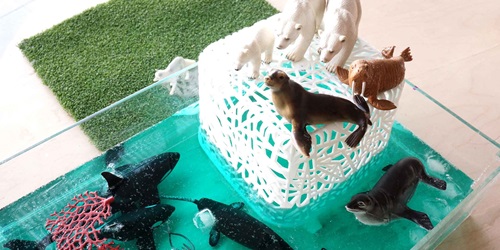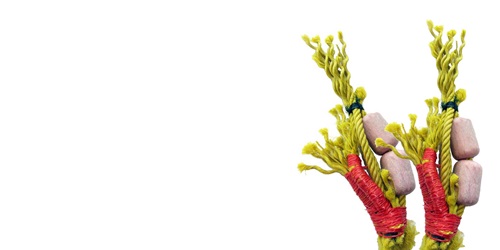Enjoying science play and simple experiments with children is a fun and easy opportunity to foster their curiosity and problem solving skills.
Polar bears’ hair is coated in oils to stop it getting wet. When a polar bear shakes the water comes straight off - this stops the bear losing heat when it comes out of the water.
Suitable for ages: Primary and up
Time required: 30 mins
Difficulty: 2 out of 5
Related Programs: Elysium Arctic
Did you know... as well as the Elysium Arctic expedition there was a previous expedition called the Elysium Antarctic expedition. Both expeditions took scientists, musicians, artists, photographers and filmmakers to these polar environments to capture the effects of changing climates on the regions and to create art, images and exhibitions that would affect our actions as humans in protecting vulnerable animals and caring for our environment.
Climate change can be a very complex idea to describe to learners of any age. Polar environments and how they are impacted by changes in sea ice, sea levels and temperature is a big concept. So we’ve collected together a few simple experiments can be a tangible and memorable ways to delve into this idea.
Oil versus water: why Polar bears have oily hair

- 3 jars or measuring cylinders (all the same size)
- Some oil
- Some water
- Various coloured food dyes
- Some fizzy tablets (eg. asprin)
To Make:
Step 1.
Add a few drops of food colouring to all the cylinders

Step 2.
Fill your container with water up to about ¼ of its capacity.

Step 3.
Add twice as much oil, up to ¾ capacity.

Step 4.
Add your fizzy tablets and watch your lamps bubble away. For extra effect you could add a light source behind them and switch of the room lights.

Observe how water and oil don’t mix. So if polar bear’s hair doesn’t absorb water, how would that help them survive in a cold climate?

We’d love to see your creations!
Please send us photos either by email to: web@sea.museum or tag us on Instagram - just tag the photo with our username @sea.museum
You might also enjoy...

